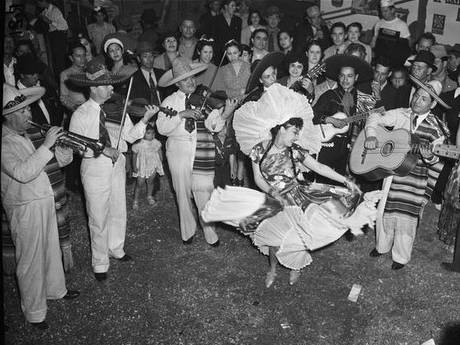Preserving Cultural Heritage: the history behind Hispanic Heritage Month
Sept. 21, 2021

When Ronald Reagan signed a law creating “National Hispanic Heritage Month” in 1988 it was the culmination of a long historical process. The legislation built on President Lyndon Johnson’s “Hispanic Heritage Week” years earlier. Both laws were sponsored by some of the only Mexican American representatives in Congress at the time including Edward Roybal and Esteban Edward Torres. Roybal was the first Mexican American congressman elected out of Los Angeles. Years earlier he had built a large political organization (The Community Service Organization, or CSO) on a world of Mexican mutualistas (mutual aid organizations), unions, and clubs that had been established in the early twentieth century. These organizations gave shape to the Mexican community that had arrived in the years following the Mexican Revolution when close to a million Mexicans migrated to the US over a twenty year span. They organized social clubs, churches, clinics, unions, and eventually political power. They also organized celebrations.
In Los Angeles, San Antonio, Chicago and many other cities organizations created traditions for these growing communities- dances, banquets, and parades. The most important of these were on September 16th (Mexican Independence Day), May 5th (Commemorates victory at the Battle of Puebla), and December 12th (Lady of Guadalupe). They were so successful that May 5th became a larger holiday in these Mexican American communities than in Mexico. Together these celebrations served to preserve cultural heritage while marking them and themselves into the celebratory American landscape. Today September 15-16th (when many Latin American countries celebrate independence) feature hundreds of parades across Latin American communities in America and is one of the most celebrated holidays in the country.